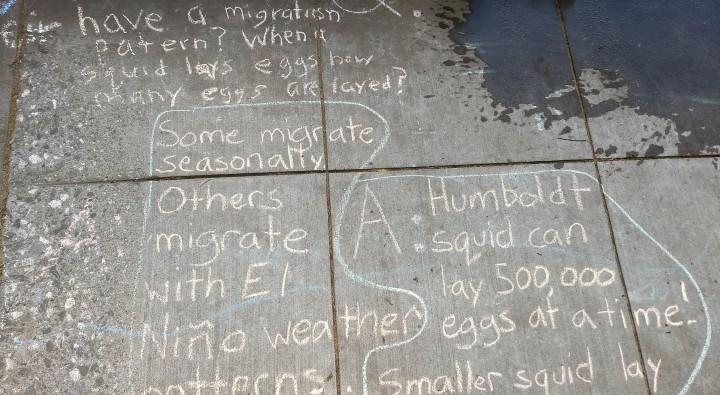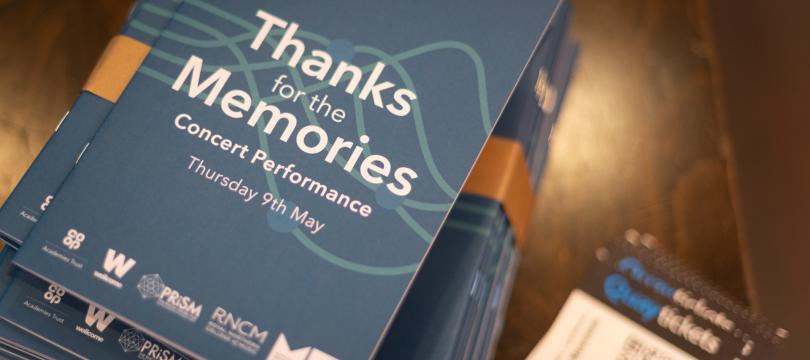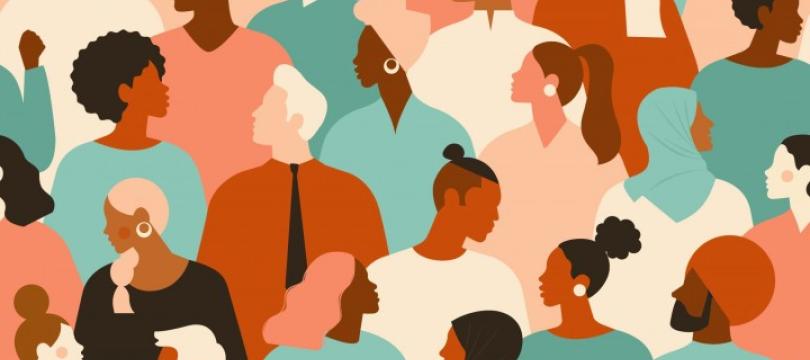Hyperlocal engagement during the time of lockdown
What does public engagement look like during a time of lockdown and social distancing? Does it all have to take place online? In this guest blog, David Owen reflects on how public engagement is being re-imagined and invites you to share your ideas.

15 / 05 / 2020
Around a quarter of the world's population have now experienced lockdown, with many still living under its restrictions. Over the past few months, we have witnessed a fundamental (if potentially temporary) reorganisation of how we live and work. This has brought positive changes to our natural environment, but it has also brought significant personal insecurity, upheaval and vulnerability. The elderly and those with underlying health conditions are having to undergo stricter social distancing measures, with many already socially isolated. The constant news about the pandemic is already taking its toll on people's mental health, particularly those living with conditions such as anxiety and OCD. Research has shown that low-paid workers, people from BME background, young people and women are more likely to be hardest hit by the current economic shut-down. Adults with young families are now struggling to juggle the competing pressures of home-schooling, working and providing support for relatives and communities.
Researchers and public engagement professionals have been finding new ways of working and responding to the crisis. In the early phases of lockdown, there was much attention on the adoption of online technologies. Imperial College London, one of the institutions widely reported to have influenced the governments thinking on lockdown, launched an online community involvement initiative that sought rapid, early insight from members of the public to help inform COVID-19 research. Other institutions, such as the Science Museum Group and the Natural History Museum, have been developing their online offer to existing audiences. UKRI has launched a public-facing website with the latest research related to COVID-19.
While initiatives such as these are welcome, several social commenters and researchers alike have suggested that the social distancing measures will exacerbate those already isolated and vulnerable. Clearly an over-reliance on online engagement will leave those without the means to engage with this content digitally with little or no opportunity to participate. As we entered lockdown, the Director of Wellcome, Jeremy Farrar, highlighted the need to maintain social interactions, communications and sharing; the essence of what 'binds us together'. However, the challenges in maintaining these interactions on a person to person level are many, and both researchers and public engagement professionals have been working hard re-prioritising projects originally built for a different world (one where face to face engagement was still possible), whilst also getting drawn into other priorities (such as delivering teaching online), and facing the specific challenges of partnerships, where priorities and contexts have dramatically changed.
So, what role is there for public and community engagement with research? Is it all going to be online from now on?
In a health emergency setting, much of the traditional institutional 'machinery' of grant funding (outputs, outcomes, indicators, evaluation reports) gets temporarily suspended. Yet, at a community level, we have seen glimpses of what public engagement in a physically distanced world might entail. Across the world, many have taken inspiration from people in Italy singing and playing music through open windows to keep spirits up. In Stockport, a mysterious figure dressed as Spiderman has been cheering up isolated children, appearing for an hour each day in different neighbourhoods to the delight of children and families alike, while another household has brought life to their street by dressing up life-size bears in different costumes each day and arranging them in their front garden. Meanwhile, a streets across the UK have hosted a socially distanced tea party for VE Day and in London, residents, theatre producers and musicians have collaborated to perform Romeo and Juliet from their balconies.
The common factor uniting these activities is that they are, by nature, hyperlocal; that is to say, they take place within a small geographic community, often a street or a neighbourhood. There is also a playfulness and participatory nature to them: people can clap or take part, or conduct their own performance, or they can dress up and join in. We have seen that lockdown has created a burst of creativity in young people, families and the wider public. People have become producers. Whether a spoof video or meme, a self-organised pub-quiz or a socially distanced performance, these activities offer insights for public engagement with research at the time of lockdown.
It need not be analogue vs digital engagement either, as some of the best examples integrate the two. Brighton People's Theatre has been inviting people to unlock the theatre in their homes, attracting 200 people to take part in turning their homes into the stage, and sharing this online over ten weeks. While I am not asking researchers to become actors and performers, I am fascinated by how we can translate these techniques to public engagement with research, to engage citizens in participatory ways during lockdown. These examples are participatory while also providing opportunities for creativity. And while they are hyperlocal in terms of addressing a need, many become global in their reach, shared by millions and inspiring others to take part and run their own activities locally.
Over the past few weeks, I'm beginning to find work where the predominant mode of delivery is not necessarily online. In my local city, the University of Bristol has set up a dedicated community inbox in order to hear about the circumstances their partners and communities are facing, and find ways to respond. They have also redirected existing funding towards COVID-related challenges. One of the successful projects here in Bristol is Medicine on the Wall, a collaboration between researcher Dr John Lee and The People's Republic of Stokes Croft.
Even as we take tentative steps out of lockdown, until a vaccine is found, there is no certainty over what the future holds. While digital engagement is valuable and vital, hyperlocal activity also sits in the ecosystem of approaches that have a role to play. It is not without its drawbacks: for example our tendency to live and work with those that are just like us, or the risk that activities take on a life of their own, with participants overstepping social distancing rules and putting lives at risk.
However, I hope that we can take inspiration from each other's efforts. I have partnered with the NCCPE to put a call out for evidence. We want to look at activity that is deliverable under lockdown conditions and does not take place predominantly online. Perhaps you're organising a socially distanced cafe-scientific, sidewalk science, or something no-one has thought of or tried just yet. We’re interested in examples from all disciplines including the arts, community development, business, health, humanities, science etc.
Because of the nature of lockdown, in particular the social distancing laws, we're expecting many of the examples to be hyperlocal, to take place within a street or neighbourhood. The activities you provide do not need to be public engagement with research, but they might act as an inspiration to others looking to explore the possibilities in this field. They might be projects you are doing now, or ideas of things you would like to do.
You can use this template to share activities or resources – from your own practice, or work that has inspired you from elsewhere. For example:
- listening exercises
- research that seeks to find out what people are experiencing and their needs
- an activity that is inspired by wanting to share skills, time or knowledge within your community
- insights from other sectors (e.g. arts, civil society, industry)
We are looking to use these examples to share with others in an online resource. All contributions will be credited, and links provided. Please note that anyone with a link to the Google sheet will be able to see what you submit. If you would like to share your work, but want to remain anonymous, please let me know via email: David@gurukula.co.uk
Acknowledgements
The following people have helped to shape this blog by providing ideas, examples and editing support.
- Jana Wendler, Playfuel Games CIC,
- Shaaron Leverment, Explorer Dome
- Ed Stevens, King's College London
- Dee Smart, University of Bristol
- Lewis Hou, Science Ceilidh
- Sophie Duncan, NCCPE

